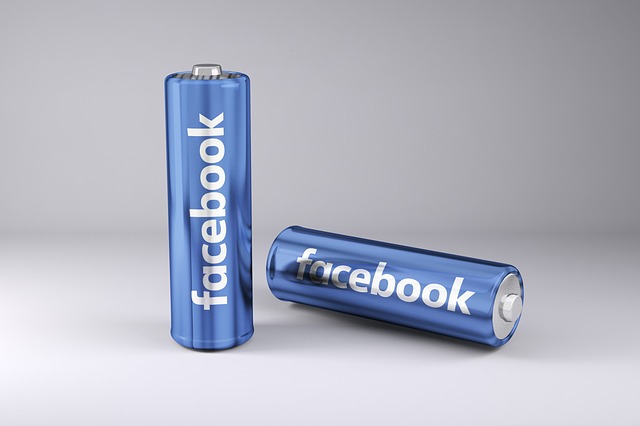Rejuvenate Lithium Battery Introduction, Advantages, and Disadvantages
Dec 31, 2019 Pageview:1303
What is rejuvenate lithium battery?
Rejuvenating a Li-ion battery means getting the battery back from its "deep sleep mode". Deep sleep mode is a state that is activated in a Li-ion battery when it is drained for too much. When the Li-ion battery reaches this state, the user will be able to neither charge nor discharge the battery anymore. Fortunately, there is a rejuvenating process in which the user reconditions the battery so that it can be brought back to life and be used once again.
It is important to note that not all Lithium ion batteries in the deep sleep mode can be reconditioned successfully, and even when a battery is successfully reconditioned it will reach an average of 60% to 80% of its original capacity only.
What are the advantages and disadvantages of rejuvenating lithium batteries?
Advantages
Generally speaking, reusing and recycling existing products is of great value to the environment. Reconditioning lithium-ion batteries has some advantages like:
It allows you to extend battery life.
It gets you an average of 60% to 80% of the original battery capacity.
Saving natural resources when using an existing product once more.
It saves money
Disadvantages
There are some challenges that face the reconditioning process of Lithium ion batteries. Of these disadvantages:
The risk of dealing with Lithium ion batteries in general.
During the reconditioning process, anything could go wrong.
Not all countries allow for reconditioning Lithium ion batteries.
According to Federal laws in the USA, conditioned Lithium ion batteries cannot be sent outside of the US.
According to Federal laws in the USA, conditioned Li-ion batteries cannot be imported to the country.
The performance of the battery will never be 100% again.
How do you recondition a lithium battery?
When a given Li-ion battery becomes over discharged, it oxidizes the cells inside of it. This oxidization of the cells is what makes them perform very poorly. Once again as we mentioned before, the longer you leave your Li-ion battery in a state of discharge, the worse the condition. However, if you catch the battery quickly enough, you can probably rescue it without any significant damage to it.
To rescue an over discharged battery you would need the following:
A Li-ion balanced charger.
A NiMH capable charger.
Steps to recondition a lithium ion battery:
Connect the main plug of the Li-ion battery to the NiMH charger.
Charge the battery with the lowest possible current, like 0.1A.
Set the charging voltage to the closest voltage to the nominal voltage of the battery.
When the battery is charging, take note of the voltage number that appears on the screen of the charger; once the number reaches 3V unplug the battery immediately.
Test the battery with the standard Li-ion charger, you would find the charger recognizes it. Which means that the battery is no longer in the over discharged rate.
You can use the balanced Li-ion charger after that to charge your battery to its full capacity.
Important safety recommendations:
Never leave the battery unattended in any of the previous steps.
If the battery started to swell or change its shape in any way, stop the process immediately.
When charging a Lithium ion battery do it in a fireproof location that provides good ventilation
If after checking the battery you find it unable to balance, get rid of it at once. Lithium ion batteries that are unable to balance carry the risk of catching fire.
When dealing with lithium ion batteries and reconditioning them, the most type can be reconditioned is the Lithium polymer battery (LiPo) batteries. That is why there are some things you should know about the reconditioning process of the LiPo batteries.
LiPo batteries require care. They charge using what is called a CC/CV system. Which stands for Constant Current/Constant Voltage system. In this system, the charger will keep the current "charge rate" constant up to the point of reaching the battery's peak voltage which is normally (4.2v per cell in a battery pack). After that, it will maintain that voltage, while in the process it reduces the current that was constant before. This is the only safe way to charge a LiPo battery that is why a LiPo compatible charger is a must to have.
Most of the LiPo batteries require slow charging, compared to the NiMH or NiCd batteries. A LiPo battery of capacity 3000 mAh should be charged at a rate not more than three amps. For the majority of the LiPo batteries on market, the charge rate is 1C (C stands for the capacity of the battery in Amps.).
Therefore, if you have a 1000 mAh battery it will equal the equivalent of 1A, so, the safe charging rate would be 1C. For another battery of 3000 mAh, the safe charging rate would be 3C. For a 45000 mAh battery, the safe charging rate would be 4.5C. And so on.
That being said, there are nowadays batteries on the market that have the ability of fast charging. That means a battery of a capacity 5000 mAh, it can be charged at a rate of 3C (15 Amps.) Maximum charging rates are determined by the battery's manufacturer.
Always remember that LiPo batteries have the potential to be caught on fire while charging if the charging rate becomes very high or for any other reason. That is way charging LiPo batteries should never be unattended.
Sometimes, when you connect your charger to a LiPo battery it cannot be recognized. That happens when you over discharge your LiPo battery. Over discharged LiPo batteries is when the voltage of the cell drops below 3V. The recommended course of action is that you replace the over discharged LiPo battery. However, you may rescue your over discharged battery.
It is extremely important to remember that, the longer you leave your over discharged battery; the higher its internal resistance goes. This means rescuing it will be much harder and more dangerous.
That being said, unless you are an expert, please replace your over discharged LiPo batteries.
- Prev Article: Refurbish Lithium Ion Battery Introduction and Effect
- Next Article: High Capacity Lithium Polypmer Battery Guidelines
Leave Message
Hottest Categories
-
Hottest Industry News
-
Latest Industry News












